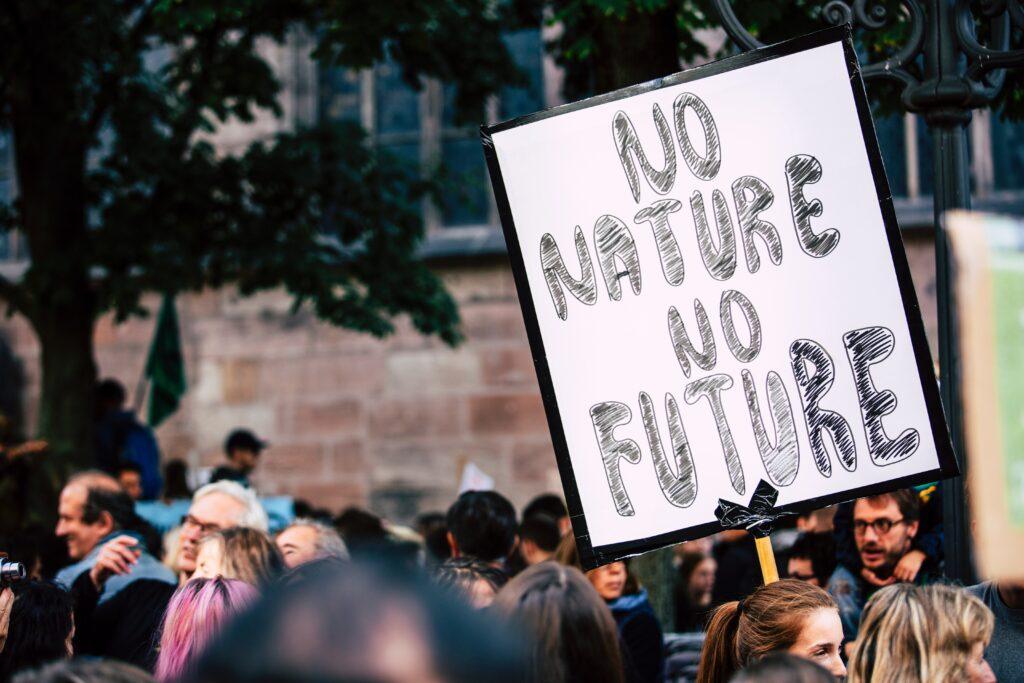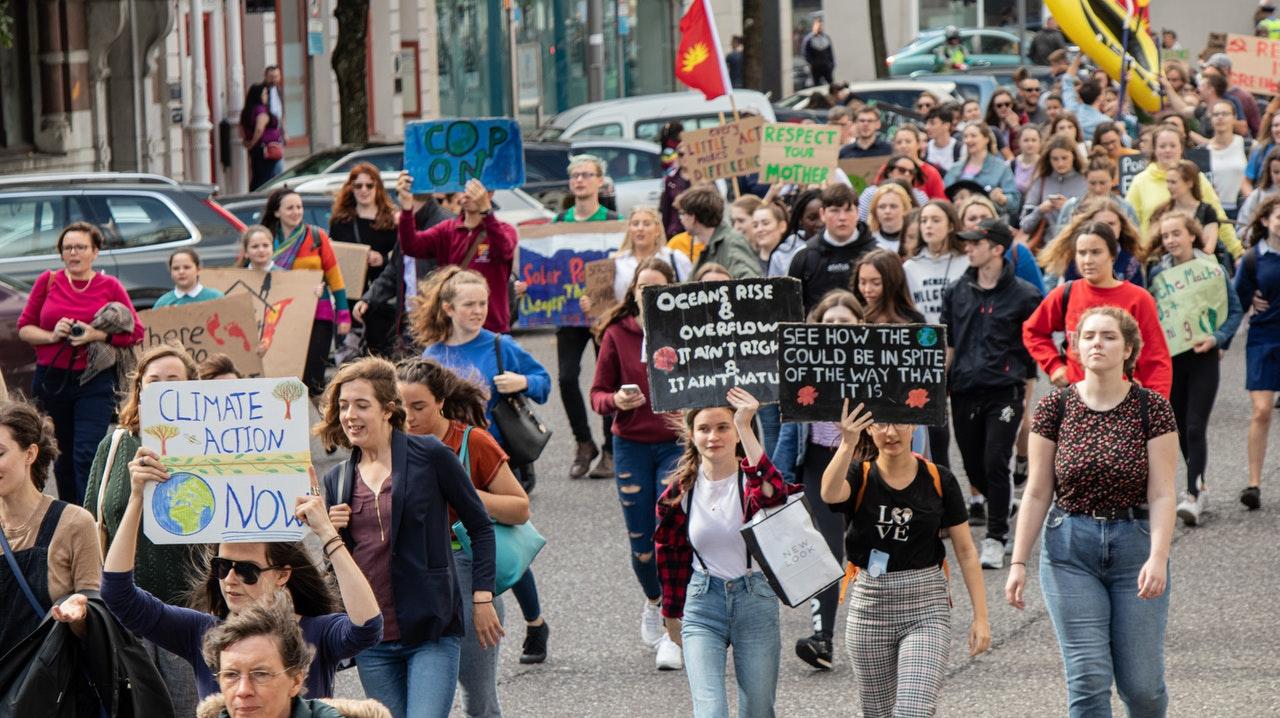Climate change definition
The term “climate” refers to a region’s weather patterns over a long period of time. Year-by-year, month-by-month, day-by-day, even hour-by-hour, the weather can vary considerably. We can identify a region’s climate by tracking its weather patterns over at least 30 years. In a nutshell, the climate is the average pattern of long-term weather.
Climate system: what does it mean?
Among the five major components of the climate system, there are air, ocean, cryosphere (snow and ice), land surface, and the biosphere as well as their interactions.

Climate change causes
Climate change is one of the most serious challenges that humanity is facing, and it is compromising and affecting the quality of life for humanity. Our knowledge that human activity affects the Earth’s climate is new, although climate change is not a new phenomenon. As humans burn fossil fuels, clear forests, and farm livestock, we become increasingly responsible for altering the climate and earth’s temperature. In addition to the greenhouse gases already naturally present in the atmosphere, this creates even more greenhouse gases, causing global warming. Likewise, the earth’s climate can be influenced and changed by natural causes such as volcanic eruptions, ocean currents, changes in its orbit, and solar variations. Climate change is intimately linked with other important issues, such as better hygiene and sanitation, health services, basic education, and safe drinking water. It should be considered that climate change is a serious threat to biodiversity.
- As a result of man’s atrocious burning of carbon reserves, carbon dioxide concentrations in the atmosphere have gone up 30 percent since the industrial revolution began.
- Electricity and heat generated from fossil fuels produce many global emissions.
- Most electricity still comes from fossil fuels; only about one-quarter comes from wind, solar, and other renewable sources.
- The manufacturing and industrial sectors create emissions, primarily from burning fossil fuels to make cement, steel, electronics, plastics, clothes, and other goods.
- Gases are also released by mining and other industrial processes.
- We are mercilessly slaughtering the forests for the sake of teeming millions of people.
- Destruction of forests reduces nature’s ability to keep emissions out of the air since they absorb carbon dioxide.
- The study of global climate change has its roots in the greenhouse effect.
- Like glass walls that keep a greenhouse warmer on the inside than on the outside, the atmosphere of our planet traps energy that is radiated from its surface.
Climate change: How do we know?
Observations of the instrumented climate record and the observable changes in physical and biological systems have led scientists to conclude that Earth’s climate is changing. Many temperatures and precipitation recording stations around the world are used to determine the instrumental record of climate change. A scientific analysis of Arctic climatic impacts shows that temperatures have increased twice as fast as the global average over the past fifty years, and will increase 4 degrees to 7 degrees by 2100. Humans and wildlife are being adversely affected by the rise in Arctic temperatures. Polar bears and seals are suffering due to this climatic disaster.
Climate change effects
Rise in Temperature
As a result of greenhouse gases trapping more heat in the atmosphere, temperatures are rising worldwide. In addition to increasing heat-related illnesses, higher temperatures can make physical exertion more difficult. High temperatures increase the likelihood of wildfires spreading more quickly. The increasing temperatures over time are altering weather patterns and disrupting natural balances. As a result, human beings and all other forms of life on Earth are at risk.
Drought Intensifies
It seems as if the drought is getting worse. The world is experiencing longer and more extreme droughts. More and more areas are experiencing water shortages. Destructive sand and dust storms can result from drought, moving billions of tons of sand across continents. As deserts spread, less land is available for growing food. Today, many people are threatened by not having enough water on a regular basis.
More severe storms
Ocean temperatures are warming, increasing the severity of tropical storms. Tropical storms are characterized by their immediate effects of strong winds, heavy rainfall, and storm surges. Damage to installations, dwellings, communication systems, trees, etc., caused by very strong winds may lead to property and life loss.
Rising sea levels
Global temperatures are rising, glaciers are retreating everywhere, and sea levels are rising. Globally, glaciers and ice sheets are melting and adding water to the ocean.
Flower and plant blooming times have changed
Warmer summer temperatures and unpredictable precipitation patterns resulting from climate change. These environmental factors affect plant flowering cycles worldwide. The warmer the climate, the earlier plants will bloom. The flowers of some plants may not bloom or may produce fewer flowers at higher temperatures.
Rainfall patterns have changed
Rainfall changes as a result of changes in temperature. As a result, flooding becomes more severe and more frequent. Each year, how many people are affected by floods and their aftermath? Floods claim many lives and damage a lot of property. There is nothing more painful than to lose a lifetime’s worth of earnings in a single moment. The occurrence of landslides has become a daily event.
Climate change solutions
Fortunately, there are always steps that we can take to combat climate change. In order to preserve the planet for future generations, we need to take action to stop these terrible changes.
Smart Homes and Smart Buildings
Energy-efficient homes and buildings are needed. It is necessary to adopt the idea of ‘smart homes’ and ‘smart buildings’ in order to keep up with the times. Every new construction must comply with climate vulnerability standards. We need to integrate climate change concerns into our town planning and infrastructure construction. Furthermore, we will have to build our infrastructures above the anticipated sea-level rise.
If possible, use public transport
Driving to work is a daily routine for millions of people. Sadly, this is a necessity of modern life. Nowadays, it is practically unavoidable. A negative aspect of this is that millions of cars emit greenhouse gases, which damage the atmosphere. Public transportation system is an excellent way to reduce emissions. You can also get exercise and help the environment by riding your bicycle to work.
We should green the environment around us
To reverse the damage wrought on Mother Nature, we need to undertake major efforts to green the globe. As part of the vast geoengineering that might be required, massive afforestation is a must. This can be accomplished by applying the Clean Development Mechanism. CDM is a term used to refer to carbon offsets offered by wealthy countries to reduce emissions in other countries.
Agriculture deserves special attention
A lot of attention should be paid to agriculture. There is indeed a pressing need for a second green revolution. A total of 42 percent of the food produced is produced using rain-fed agriculture on two-thirds of the net cropped area. By expanding our irrigation network and bringing more areas under its coverage, we can reduce our reliance on weather. The irrigation capacity needs to be strengthened further to combat an erratic monsoon. To ensure an uninterrupted supply of food grains, climatically stress-resistant seedlings, and saplings need to be discovered and made popular.
Energy usage should be more conservative
A great way to prevent pollution is to become more energy efficient. As a result, power plants consume less energy, resulting in a decrease in greenhouse gas emissions. Thus, you should reduce your household’s energy consumption as much as possible. Unplug devices you are not using anymore and turn off lights when you are done. Replace your light bulbs with energy-saving ones to reduce your energy usage.
Encourage recycling and reusing
Greenhouse gasses are released from manufacturing plants every year. This is a necessary process for the production of goods we use on a daily basis. Recycling, on the other hand, would be a cleaner alternative. In addition to eliminating waste, recycling is an eco-friendly method of reducing greenhouse gas emissions. Recycling centers accept discarded paper, glass, plastic, and electronic waste. In the processing plant, these items are reprocessed into other recyclable materials again. Greenhouse gasses are released from manufacturing plants every year. This is a necessary process for the production of goods we use on a daily basis.
Rural and Urban development must be balanced
There is an increasing need for Rurbanism, (Rural + Urban) to keep a balance between urban and rural development. The National Action Plan on Climate Change already exists. The same needs to be implemented in a serious manner with all the measures already in place. In order to better deal with climate change, countries, non-governmental organizations, UN agencies, businesses, and all concerned need to form practical partnerships.
Transfer of technologies from west to the east
Among the numerous solutions proposed is the transfer of technologies from west to east. To address global warming efficiently, we need environmental-friendly technologies for coal gasification, carbon capture, and carbon sequestration, as well as an efficient system of carbon storage, and the development of low carbon fuels and renewable energy sources. Alternative energy sources need to be explored and invested in as well.
Encourage the use of renewable energies
Creating positive impacts in your community can be achieved by spreading awareness about renewable energy. Renewable energy sources (RES), derived from natural processes, are now used to meet the ever-increasing worldwide energy demand, replacing conventional sources. Solar energy, wind energy, hydropower, geothermal energy, and biomass energy are examples of renewable energy sources. Unlike fossil fuels, such as coal, oil, and natural gas, these types of energy sources are environmentally friendly. Around the world, many countries are adopting renewable energy sources to become energy independent.
Take the initiative to educate yourself and others
Modern society cannot overstate how important it is to educate others about climate change. Human resources that are more educated and healthy can deal with any problem better. Our message can be spread easily through a wide range of platforms. Educating others on climate change is always possible, whether it’s through word-of-mouth or social media. Educate others about how climate change can harm the planet and how they can take action.

Conclusion
To conclude, man’s ability to meet nature’s challenges will determine whether climate change will reduce or not, no doubt. The advancements in the industry that mark mankind’s material progress and prosperity are certainly mixed blessings. Their side effects are certain, though they gradually alter the climate, endangering the existence of mankind. Scientists, environmentalists, even filmmakers, and fiction writers warn us that global climate change is a threat. Due to the cruelty of man, the wonderful creatures and plants that depend on rich nature are in danger of extinction. Climate change will lead to the extinction of numerous animals and plants. Approximately 37 percent of them are expected to disappear by the middle of this century, according to scientists.
However, this does not negate the need for development. Realistically, there’s nothing wrong with developments. Development is important and necessary. While advancements have been beneficial in many ways, they have also been a curse in some respects. Rather than inheriting this earth from our ancestors, we have borrowed it from our children. For the benefit of future generations, we must preserve what Charles Darwin called “endless forms of the most beautiful and most wonderful.”
You might also Like: Natural Disasters: Nature’s Revenge?




Informative